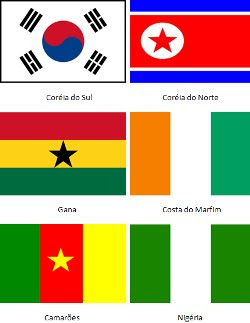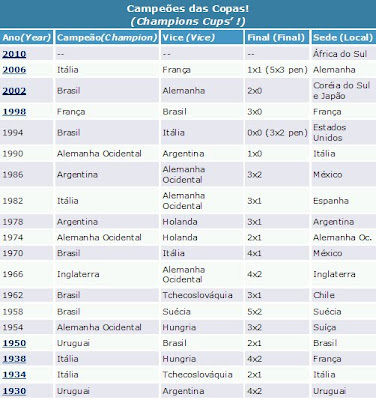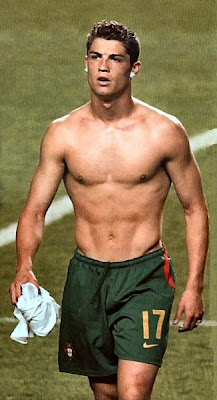 A competição foi criada pelo francês Jules Rimet, em 1928, após ter assumido o comando da instituição mais importante d futebol mundal: a FIFA (Federation International Football Association).
A competição foi criada pelo francês Jules Rimet, em 1928, após ter assumido o comando da instituição mais importante d futebol mundal: a FIFA (Federation International Football Association).A primeira edição da Copa d Mundo foi realizada no Uruguai em 1930. Contou com a participação de apenas 16 seleções, que foram convidadas pela FIFA, sem disputa de eliminatórias, como acontece atualmente. Uruguai foi campeã e ficou cm o trfés Jules Rimet por quatro ans.
"The competiton was created by Frenchman Jules Rimet in 1928, after assuming command of the most important instituition in world football: FIFA (International Feredation of Association Football).
The first World Cup was held in Uruguay in 1930. Only 16 teams participated, invted by FIFA, without disputed eliminatins, as it is today. Uruguay wn, and held the Jules Rimet trophy for four years."






.GIF)













